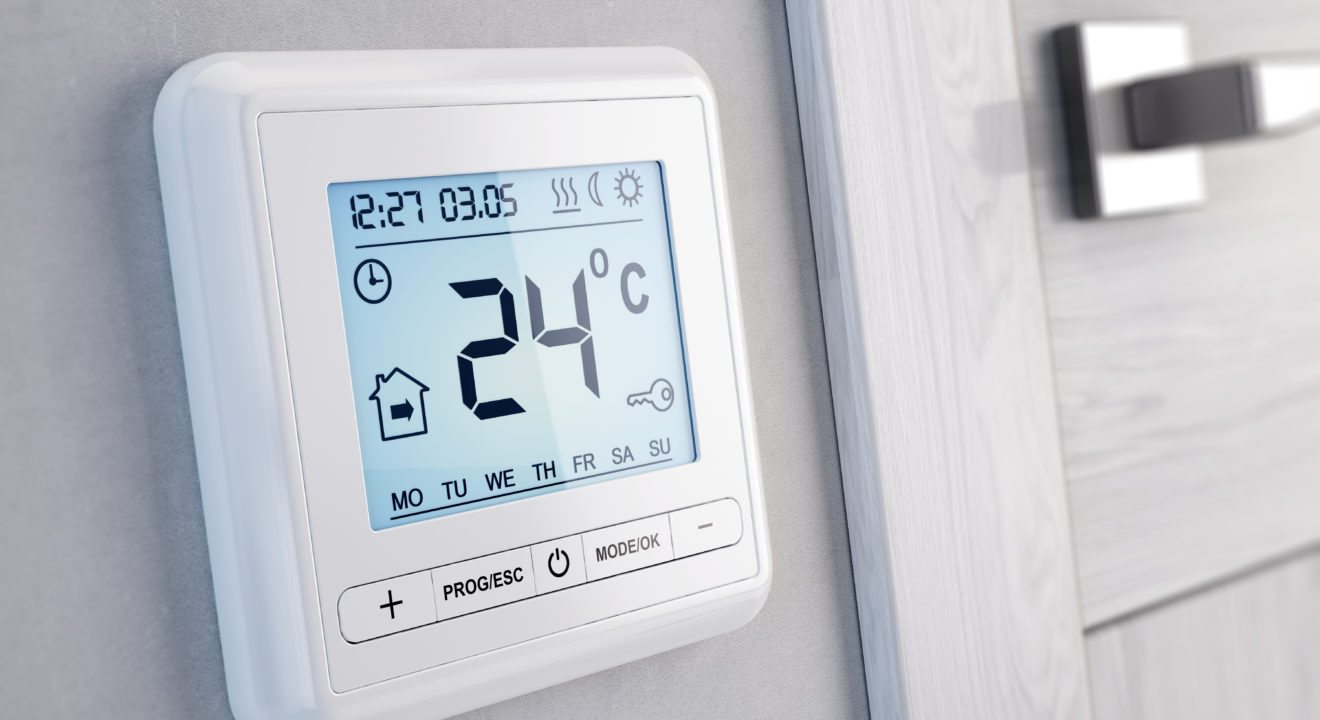Sustainability November 21, 2016


Even if you recycle, take shorter showers or turn off unused lights, you still have an ecological footprint. There are billions of people in this world who use natural resources such as energy and water. According to Sustainable Baby Steps, this takes a great toll on the environment. Many household products pollute the world’s freshwater, the ground and the air. When you add up the gradual impact humans have on this planet, you can see the destruction of our natural resources and our world’s biodiversity.
However, as terrifying as this may sound, there are steps you can take to make the world more green.
Mike Dieterich, CEO of Renew and Sustain Consulting, tells WTOP News, “If everyone reduced demand for these resources, the environment would be in much better shape.” While reducing your environmental footprint may be an investment, you don’t have to start by installing solar panels or temperature-regulating walls. Here are some products that will point you to the right direction.
Although compact fluorescent light bulbs are more expensive than incandescent light bulbs, they use 75 percent less energy, which will help save you money in the long run. According to the Newton Massachusetts website, CFLs last eight to 10 times longer and produce 90 percent less heat. Because of this, one 20 Watt CFL can replace a 75 Watt incandescent bulb to save you $66 over the life of the bulb. The website also states that CFLs are environmentally-friendly because “CFL reduces carbon monoxide emission to the atmosphere by 1,000 pounds.”
READ MORE: Switch Off And Unplug: Saving Money And Conserving Energy
If you don’t want to replace all of your appliances, you can start with your refrigerator or your stove. According to Huffington Post, the Environmental Protection Agency (EPA) labels low-energy appliances “Energy Star-Qualified,” which can save you 10 to 50 percent less energy than standard models. According toEnergy Star, using low-energy appliances helps the environment because it reduces the amount of greenhouse gases emitted from power plants. With EPA certified appliances, you save power, money and the environment.
How long does it take for your water to warm up before a shower? According to Home Water Works, the average American shower has a flow rate of 2.1 gallons per minute and uses 17.2 gallons of water for 8.2 minutes of shower time. If you take three to five minutes just warming up your water, that’s already more than five gallons of water used.
READ MORE: 5 Ways to Teach Your Kids About Going Green
Installing a low-flow shower head will help decrease the amount of water wasted. As another plus, you can save money. The Energy website says saving water can lower heating costs and energy expenses because water heating is the second largest energy expense in the home. To help save even more resources, there are even companies such as Water Pik EcoFlow or The Shower Manager that allow you to pause the water or set time limits to your shower.
According to Care, many cleaning products contain harmful chemicals. These chemicals are absorbed into the skin and lungs. Not only that, but these chemicals also affect the environment by polluting the air and negatively impacting the ozone layer, which can lead to global climate change.
To counter these harmful effects, use more natural cleaner products. The website writes, “For home cleaning, vinegar, olive oil, lemon juice, etc. can do the trick for pennies on the dollar, compared to buying conventional cleaning products. Why go out and buy products when you can use things you already have in your pantry?”
READ MORE: How Savvy Women Save Water During a Drought
According to Conserve Energy Future, you use almost 50 percent of your energy consumption for heating and cooling the home. Thus, in order to reduce the amount of greenhouse gases emitted from heating and to save money, install a programmable thermostat. The website writes, “A slight three to five percent of your energy bill can be saved if you can set your thermostat one degree down in the winter and up by one degree in the summer.”
When it comes to saving the environment, even the smallest changes can make a big impact. If changing your thermostat one degree higher in the summer can save as much as five percent of money and energy, then imagine how much you would save if you turned it up by five degrees. Some of these solutions may be more expensive than others, but any start is a good start. You, your family and the environment will be better off in the long run.
READ MORE: The New Norm: Hotter Than Hades